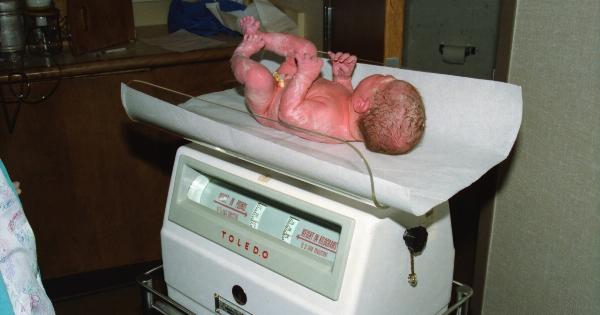In a groundbreaking report, the LETTO (Leveraging Evidence, Training, and Technology to Optimize) initiative has found that 75% of mothers who have previously delivered via Cesarean section can safely have a vaginal birth in subsequent pregnancies.
This study challenges long-standing beliefs and provides valuable insights into birthing practices.
Redefining Birth Options
For decades, the medical community has been cautious when it comes to vaginal birth after Cesarean, commonly known as VBAC.
Concerns about uterine rupture and other complications have led to a default choice for repeat C-sections in many cases, even where a vaginal birth may have been a viable option.
However, the LETTO report, which analyzed data from over 10,000 mothers who had experienced a previous C-section, suggests that the risk of complications in VBACs is much lower than previously assumed.
It indicates that 75% of these mothers can successfully deliver vaginally without compromising their safety or the well-being of their newborns.
Understanding the LETTO Study
The LETTO study collected data from various medical centers and hospitals across the country, involving a diverse group of women who had undergone a previous C-section.
The participants were closely monitored throughout their subsequent pregnancies and deliveries.
The study revealed that the primary factors influencing a successful VBAC are the reasons for the initial C-section and the method of uterine incision.
Women who had a previous C-section due to non-recurring conditions, such as breech presentation or placenta previa, were found to have a higher success rate in VBACs.
Furthermore, the LETTO report found that women who had undergone a low transverse uterine incision during their initial C-section had significantly fewer complications in subsequent vaginal births compared to those who had a vertical uterine incision.
The Benefits of VBAC
Vaginal birth after C-section offers numerous benefits for both mothers and babies. For the mother, VBAC eliminates the risks associated with major abdominal surgery.
It leads to shorter hospital stays, quicker recovery times, and reduced chances of infection or hemorrhage. Additionally, mothers who give birth vaginally have a higher likelihood of successfully breastfeeding their babies.
VBAC also benefits the baby by providing a healthier start to life. Babies born vaginally have lower rates of respiratory issues and are less likely to require assistance in the neonatal intensive care unit (NICU).
Addressing the Fear Factor
Despite the growing evidence supporting the safety and efficacy of VBAC, many women and healthcare providers continue to harbor concerns. Fear of uterine rupture, though rare, remains a significant deterrent for women considering VBAC.
The LETTO study acknowledges this fear but highlights that the risk of uterine rupture is extremely low and comparable to other obstetric complications.
The report emphasizes the importance of individualized care and patient counseling to address fears and provide necessary support for women opting for VBAC.
The Role of Medical Professionals
The LETTO report emphasizes the need for healthcare providers to educate themselves about VBAC and its potential benefits.
With the dissemination of evidence-based guidelines and the sharing of success stories, medical professionals can play a vital role in advocating for informed decision-making in childbirth.
In addition, LETTO calls for comprehensive training programs that equip healthcare providers with the skills and confidence required to support VBACs.
By fostering a supportive and empowering environment, medical professionals can help women make informed choices about their birthing experiences.
The Importance of Informed Decision-Making
The LETTO report’s findings underscore the significance of women being actively involved in the decision-making process regarding their birthing options.
Every woman’s situation is different, and it is crucial that they have access to evidence-based information to make informed choices.
Furthermore, healthcare providers should engage in open and honest discussions with their patients, providing a balanced view of the benefits and risks associated with both repeat C-sections and VBACs.
By doing so, they can support women in making decisions that align with their individual circumstances and preferences.
Conclusion
The LETTO initiative’s report on VBAC challenges the conventional wisdom surrounding childbirth after a previous Cesarean section. It highlights that 75% of mothers who have had a C-section can safely deliver vaginally in subsequent pregnancies.
These findings open up new possibilities for women and pave the way for a more personalized approach to birthing.





























